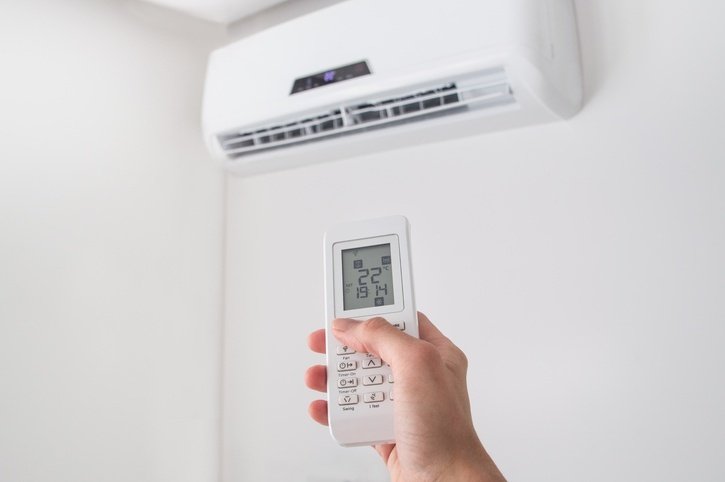With your family inhaling your home’s air for hours at a time each day, you must control the indoor air quality. Many homeowners don’t realized there is a problem until someone gets sick or develops recurring allergies. Even if you’re just being cautious, indoor air quality testing keeps your home healthy for everyone living in it. Learn what defines air quality, how to check your indoor air quality, and how often to repeat the tests.
Indoor Air Quality and How it’s Measured
Air quality in general refers to the amount of fine particles, gases, and other pollutants mixed into the air. Naturally, indoor air quality measures the state of air trapped inside a specific space like your home. Whether you’re considering indoor or outdoor air quality, fewer pollutants are always better. The pollutant level is measured in many different ways, with various tests required to understand what exactly you’re inhaling with every breath.
Pollutants to Measure
Some pollutants, such as car exhaust, must travel into your home from the outdoors. Yet there are many other potential contaminants that develop inside. A leaking pipe or humid bathroom leads to mold growth that sends irritating spores into the air. Volatile organic compounds (VOCs) and dust generated by dust mites and building materials all lower indoor air quality as well. Furnace and fireplace fumes are common combustion related pollutants commonly found in homes. From biological to chemical related pollutants, there are dozens of reasons to test the air in your home.
How to Measure These Pollutants (and When)
Most homeowners look into in home air quality testing when a family member develops chronic allergies or they discover a condition that might have released pollutants. For example, discovering an ongoing mold infestation when renovating a bathroom or removing carpet may call for a mold-specific air quality test.
Each main type of indoor air pollutant requires a separate test. Some tests focus on gases like carbon monoxide and radon, while others measure the amount of dust particles, VOCs, pollen, cigarette smoke, and other indoor air pollutants. Consider ordering a set of complementing tests to get a broad spectrum measurement of your current indoor air quality. Repeat the tests any time you discover signs of mold or dust accumulation, or if a family member suddenly experiences an increase in allergy symptoms or sinus infections.
How to Improve Air Quality
If any of the indoor air quality testing you perform reveals pollutants, you can start with some inexpensive improvements to address the issues. Start by directly addressing the cause of the pollution. For example, hire a mold remediation team for water damaged parts of the home. Once you’ve tackled the sources of indoor air pollution, replace all of the filters in your air conditioning and heating systems. New filters trap dust and other pollutants before they can spread. Finally, control the humidity of the home. A whole house dehumidifier prevents mold and mildew growth, addresses excess moisture created in the bathrooms and kitchen, and costs little to run.
Looking for more products to improve home air quality? Contact one of our specialists to discuss your options.
AVXC20 High Efficiency Air-Conditioner
With an efficiency of up to 24.5 SEER, this air conditioner helps control humidity during the hottest parts of the summer. Variable speed compressors improve energy efficiency for affordable performance.
AMP-BSRB Furnace Riser
This sturdy furnace riser fits our standard models.
Manufactured from 20 gauge steel, this open sided frame encourages air flow around the heating equipment for improved performance. Install a matching Clean Comfort CleanFit air cleaner to improve indoor air quality from the furnace onward.
AM11-3225-5 Clean Comfort Media Air Cleaners
Control air pollutants and trap as many dust and mold particles as possible with this high performance air cleaner system.
Multiple size and depth options are available to match your existing furnace, air conditioner, and heat pump systems.
By addressing the root causes of air pollution, you can quickly get any kind of quality issues under control. Combine testing every few months, or at least once a year, with a proactive approach to discover moisture issues and other sources of indoor air pollution. Upgrade your heating and cooling equipment as well with the help of an experienced Amana technician.



